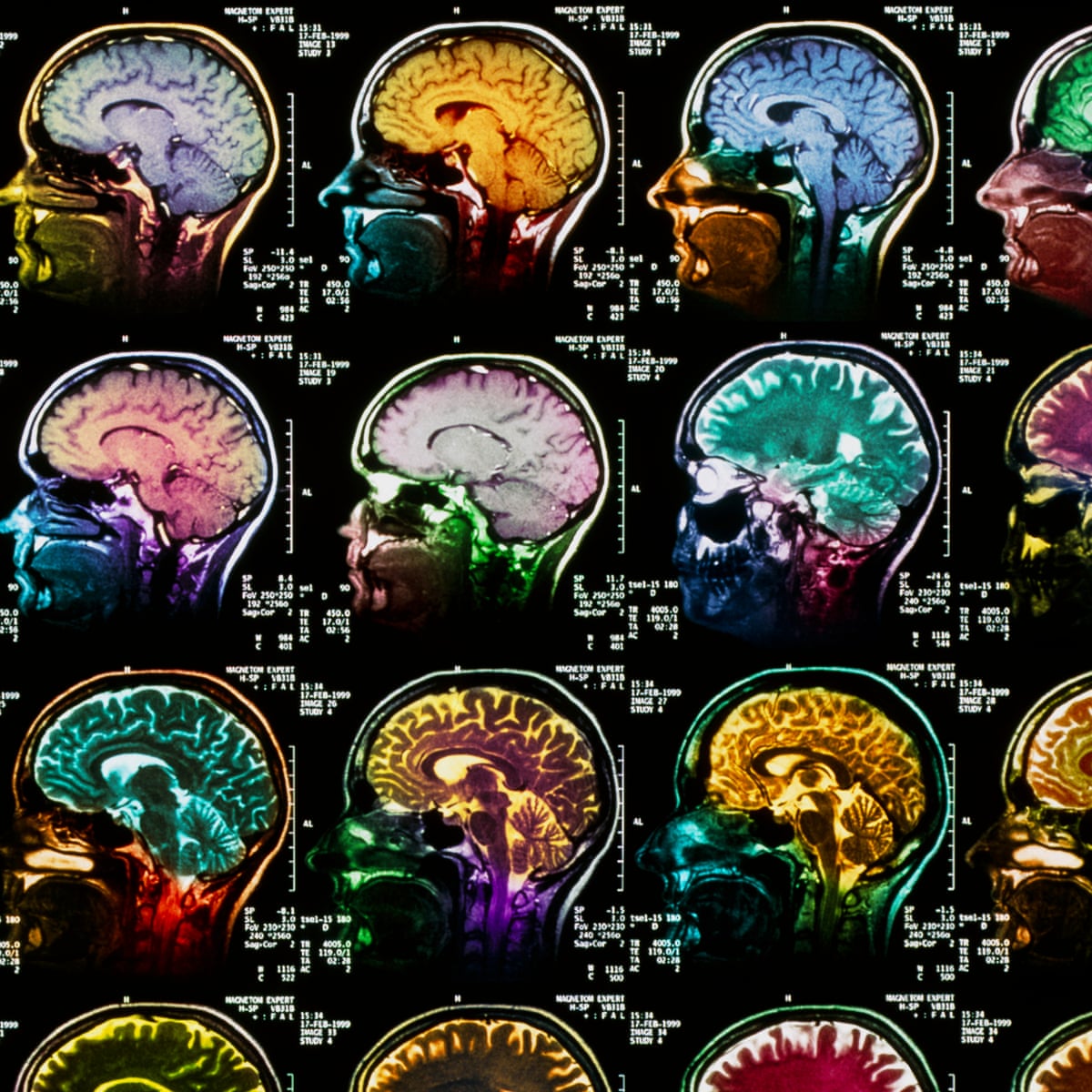Introduction
Dreams have captivated human curiosity for centuries, occupying the realm of both mystery and fascination. Each night, as we close our eyes and drift into slumber, our minds embark on a journey into the surreal world of dreams. But why do we dream, and what is the link between these ephemeral experiences and our brain activity?
The History of Dream Interpretation
Dreams have been an integral part of human culture and spirituality since ancient times. Early civilizations believed that dreams were a divine means of communication, providing insights into the future or messages from the gods. Later, Sigmund Freud’s groundbreaking work in the late 19th century brought attention to the psychoanalytic approach to dream analysis. Freud believed that dreams were the window to the unconscious mind, representing repressed desires and unresolved conflicts.
“Dreams are the royal road to the unconscious,” Freud famously said, emphasizing the importance of understanding their symbolic nature.
The Science of Sleep
Before diving into the link between dreams and brain activity, it’s crucial to understand the fundamental process of sleep. Sleep occurs in cycles, with two main stages: Non-Rapid Eye Movement (NREM) sleep and Rapid Eye Movement (REM) sleep.
The circadian rhythm governs our sleep-wake cycle, ensuring that our bodies and minds receive the rest they require to function optimally. Additionally, sleep plays a vital role in memory consolidation and learning. Studies have shown that experiences and knowledge gathered during the day are integrated and strengthened during sleep, especially during REM sleep.
The Nature of Dreams
Dreams can vary greatly in content and intensity, from ordinary everyday experiences to bizarre and fantastical scenarios. Some people experience vivid dreams, while others may have lucid dreams, where they are aware they are dreaming and may even exert some control over the dream’s direction. Common dream themes and symbols, such as flying, falling, or being chased, are present across different cultures, hinting at universal aspects of the human psyche.
Dreams are the touchstones of our characters,” said Henry David Thoreau, recognizing the profound insights dreams can provide into our inner world.
Linking Dreams and Brain Activity
Advancements in neuroscience and brain imaging techniques have allowed researchers to explore the neural basis of dreaming. Studies using electroencephalograms (EEGs) and functional magnetic resonance imaging (fMRI) have shed light on the brain regions involved during different stages of sleep.
The prefrontal cortex, responsible for higher-order cognitive functions such as reasoning and decision-making, exhibits reduced activity during REM sleep, potentially explaining the illogical and surreal nature of dreams. On the other hand, the amygdala, involved in processing emotions, shows increased activity during REM sleep, contributing to the emotional intensity often experienced in dreams.
Theories on Why We Dream

The question of why we dream has puzzled scientists, psychologists, and philosophers alike. Several theories attempt to explain the purpose and function of dreaming:
- Evolutionary Theories: Dreams may have evolved as an adaptive mechanism, helping our ancestors simulate potential scenarios and develop survival skills.
- Psychoanalytic Perspectives: Freud’s theory suggests that dreams serve as a way for the unconscious mind to express repressed desires, fears, and unresolved conflicts.
- Dreaming for Emotional Regulation and Stress Reduction: Dreams may act as a release valve for emotional tension, helping individuals process and cope with their feelings.
- Dreaming as a Mechanism for Problem Solving and Creativity: Some researchers propose that dreams provide a space for creative problem-solving and innovative thinking.
The Connection Between Dreams and Memory
Memory consolidation is a critical function of sleep, and dreams play a role in this process. During sleep, the brain processes and consolidates information acquired during wakefulness, transferring it from short-term memory to long-term memory storage.
“Sleep is that golden chain that ties health and our bodies together,” said Thomas Dekker, highlighting the essential connection between sleep, dreams, and memory.
Lucid Dreaming: Bridging Consciousness and Dreamscapes
Lucid dreaming is a fascinating phenomenon where dreamers become aware they are dreaming while still in the dream state. This awareness opens up the possibility of conscious interaction with the dream environment, enabling individuals to control the narrative and explore their inner psyche.
Various techniques, such as reality checks and keeping dream journals, can help induce and enhance lucid dreaming experiences. The scientific study of lucid dreaming has provided insights into the potential applications of this state in therapy, self-exploration, and even skill development.
Dreams and Emotional Processing
Emotions are an integral part of the dream experience. Dreams often serve as a safe outlet for processing intense emotions, allowing individuals to explore feelings they might not be fully aware of or comfortable expressing consciously.
“Dreams are the mirror of our emotional lives,” said G. William Domhoff, emphasizing the role of dreams in emotional processing and healing.
Sleep Disorders and Dreams
Disruptions in the sleep cycle can have a significant impact on dream experiences. Sleep disorders like insomnia, sleep apnea, and restless legs syndrome can lead to fragmented sleep, reducing the occurrence of vivid dreams and affecting overall dream recall.
Parasomnias, such as sleepwalking and night terrors, are disorders that involve unusual behaviors during sleep and can influence dream content. Additionally, REM Sleep Behavior Disorder (RBD) and narcolepsy are conditions that can lead to vivid and often distressing dream experiences.
Cultural Perspectives on Dreams
Dreams hold cultural significance in societies worldwide. Indigenous cultures often incorporate dreams into rituals and ceremonies, considering them as profound spiritual experiences. In Western and Eastern cultures, dream interpretation has been an essential aspect of religious texts, art, and literature.
Future Directions in Dream Research
As technology and understanding of the brain advance, dream research is likely to expand into exciting new territories. Advancements in brain imaging techniques will allow researchers to delve deeper into the neural underpinnings of dreaming.
Moreover, emerging fields like virtual reality may offer new ways to study and interact with dreams, presenting novel opportunities for therapeutic applications and mental well-being.
Conclusion
The enigma of dreams continues to captivate and intrigue us, reminding us of the vast complexity of the human mind. The link between dreams and brain activity remains a topic of ongoing scientific exploration, offering valuable insights into our consciousness, emotions, and the essence of human experience.
Understanding this mysterious connection is not only a scientific endeavor but a journey that allows us to explore the depths of our minds and unlock the secrets of our dreams.
FAQs
- What is the scientific explanation for dreams? Dreams are complex mental experiences that occur during sleep and are believed to result from the brain’s neural activity during different sleep stages, particularly REM sleep.
- How are dreams connected to our brain’s activity? Studies using brain imaging techniques have revealed the involvement of various brain regions, such as the prefrontal cortex and amygdala, during dreaming, shedding light on the neural basis of dreams.
- Are dreams essential for our mental well-being? Dreams likely play a role in emotional processing and memory consolidation, which can contribute to mental well-being and cognitive function.
- Can dreams help us solve real-life problems? Some research suggests that dreams may facilitate creative problem-solving and offer novel solutions to real-life challenges.
- Why do we sometimes remember dreams vividly, while at other times, we forget them completely? Dream recall can be influenced by various factors, including sleep quality, emotional intensity, and the stage of sleep during which the dream occurs.
- How can lucid dreaming be induced and controlled? Lucid dreaming can be cultivated through reality checks, maintaining a dream journal, and practicing mindfulness during wakefulness.
- Do dreams have cultural significance? Yes, dreams hold cultural significance in many societies, with interpretations varying across different cultures and traditions.
- What are the common dream symbols and their interpretations? Common dream symbols, such as flying or being chased, can have different interpretations depending on the dreamer’s personal experiences and cultural background.
- Can interpreting dreams provide insights into our subconscious mind? Dream analysis, particularly from a psychoanalytic perspective, can offer valuable insights into the unconscious mind and its hidden desires and conflicts.
- Are there any potential applications of dream research in the fields of psychology and neuroscience? Dream research has the potential to advance our understanding of consciousness, emotions, memory, and mental health, leading to possible therapeutic applications in the future.

Greetings, dear dreamers and seekers of emotional and spiritual healing. I am Aria Blake, a passionate and dedicated professional psychologist…More

